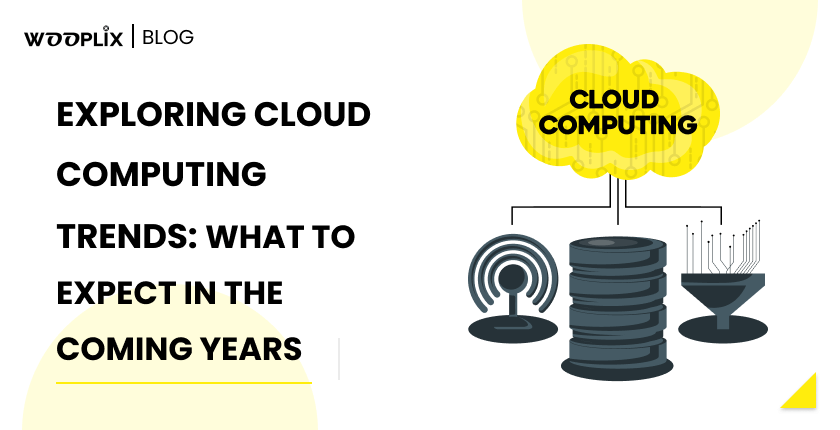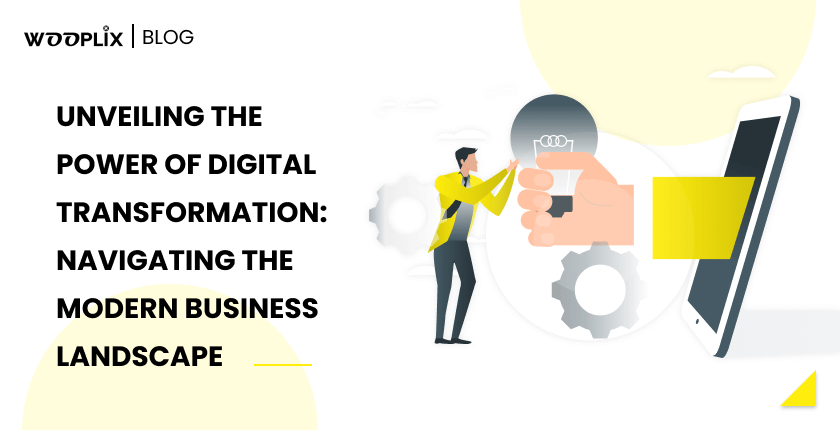A Deep Dive into How Zoho’s Integration Capabilities Streamline Business Processes
A Deep Dive into How Zoho’s Integration Capabilities Streamline Business Processes: In today’s fast-paced business landscape, efficiency is key to staying ahead of the competition. Companies are constantly seeking ways to streamline their processes, reduce manual tasks, and improve overall productivity. One powerful solution that has gained significant traction in recent years is Zoho’s suite […]
A Deep Dive into How Zoho’s Integration Capabilities Streamline Business Processes Read More »










